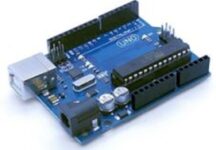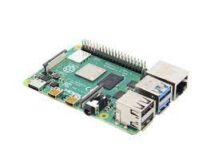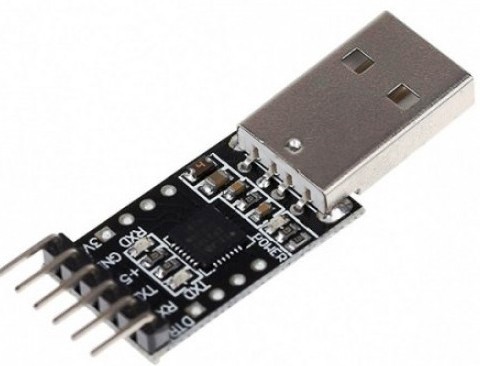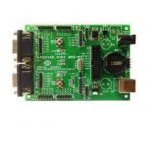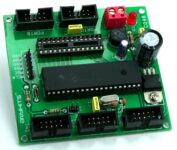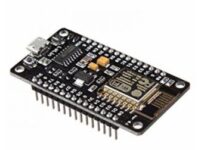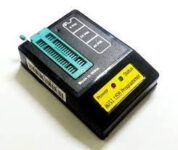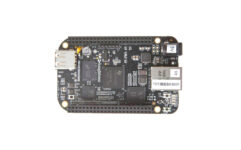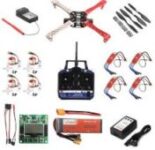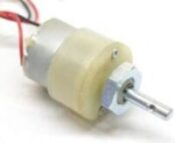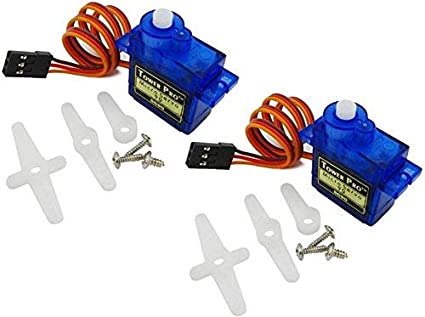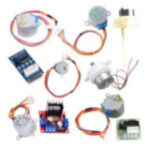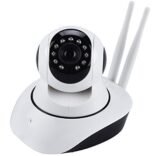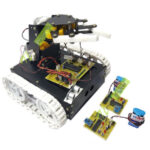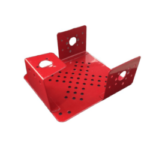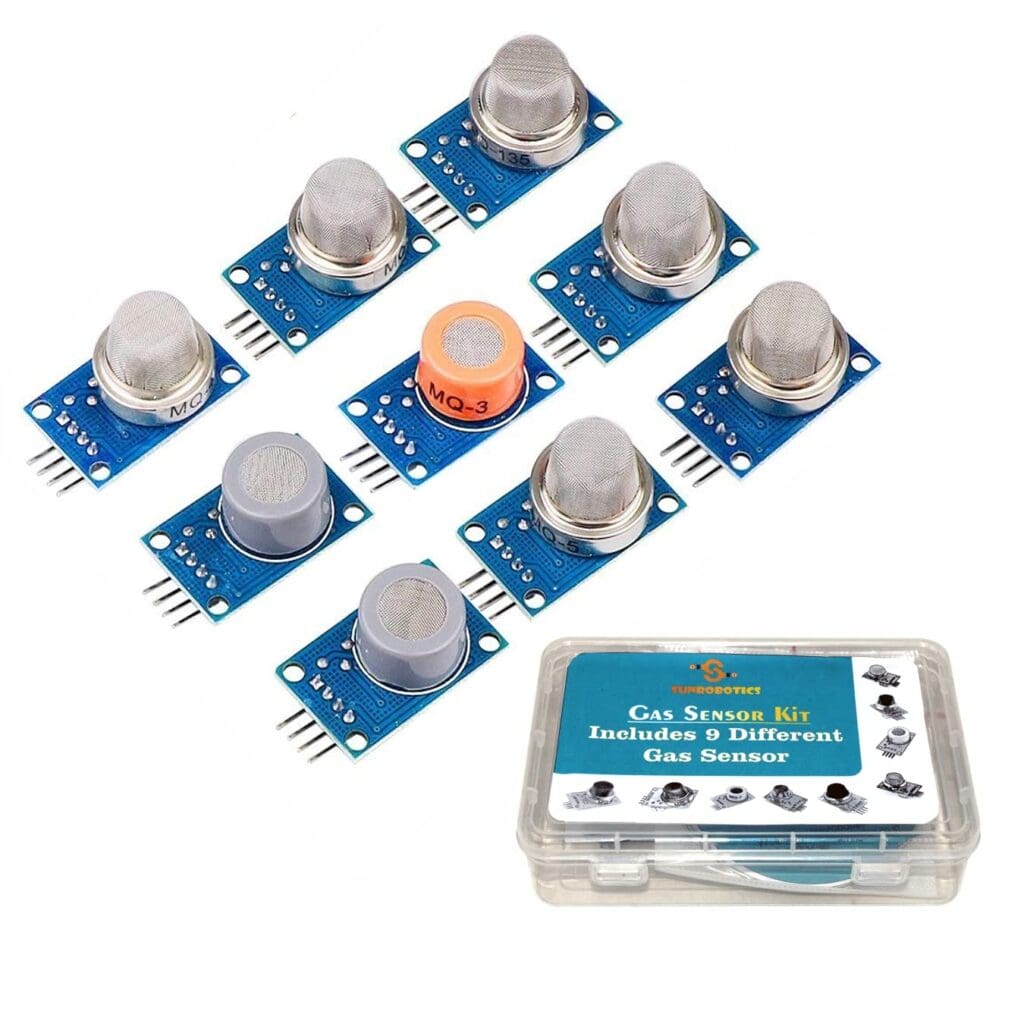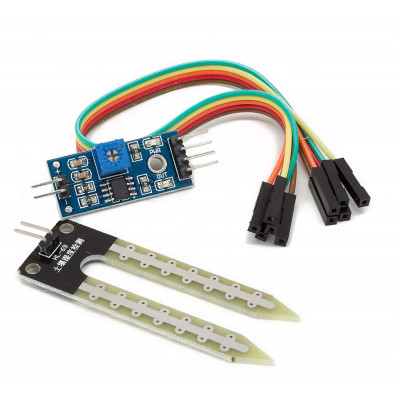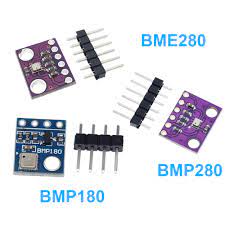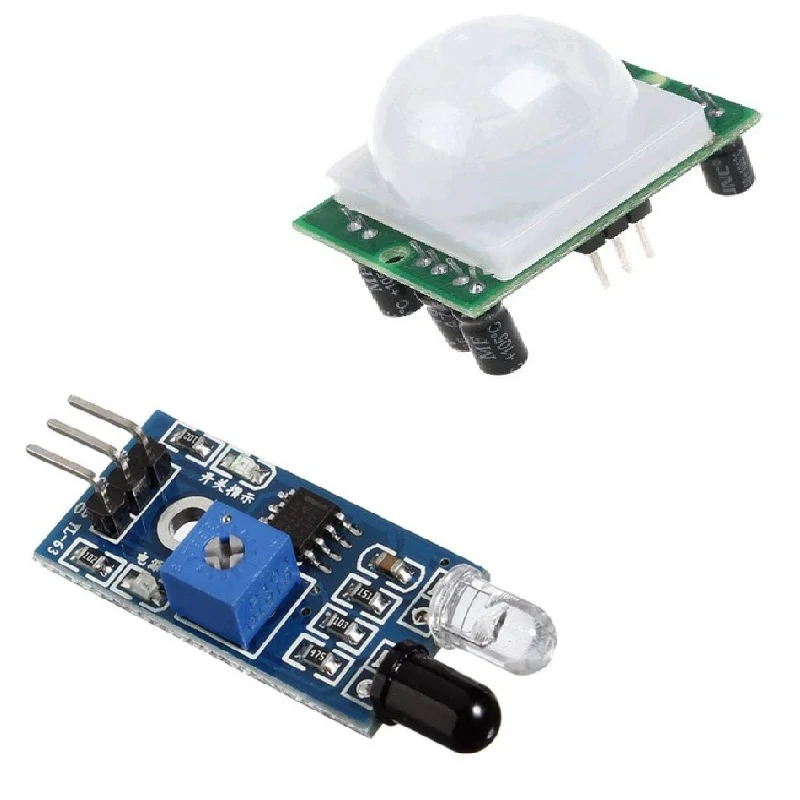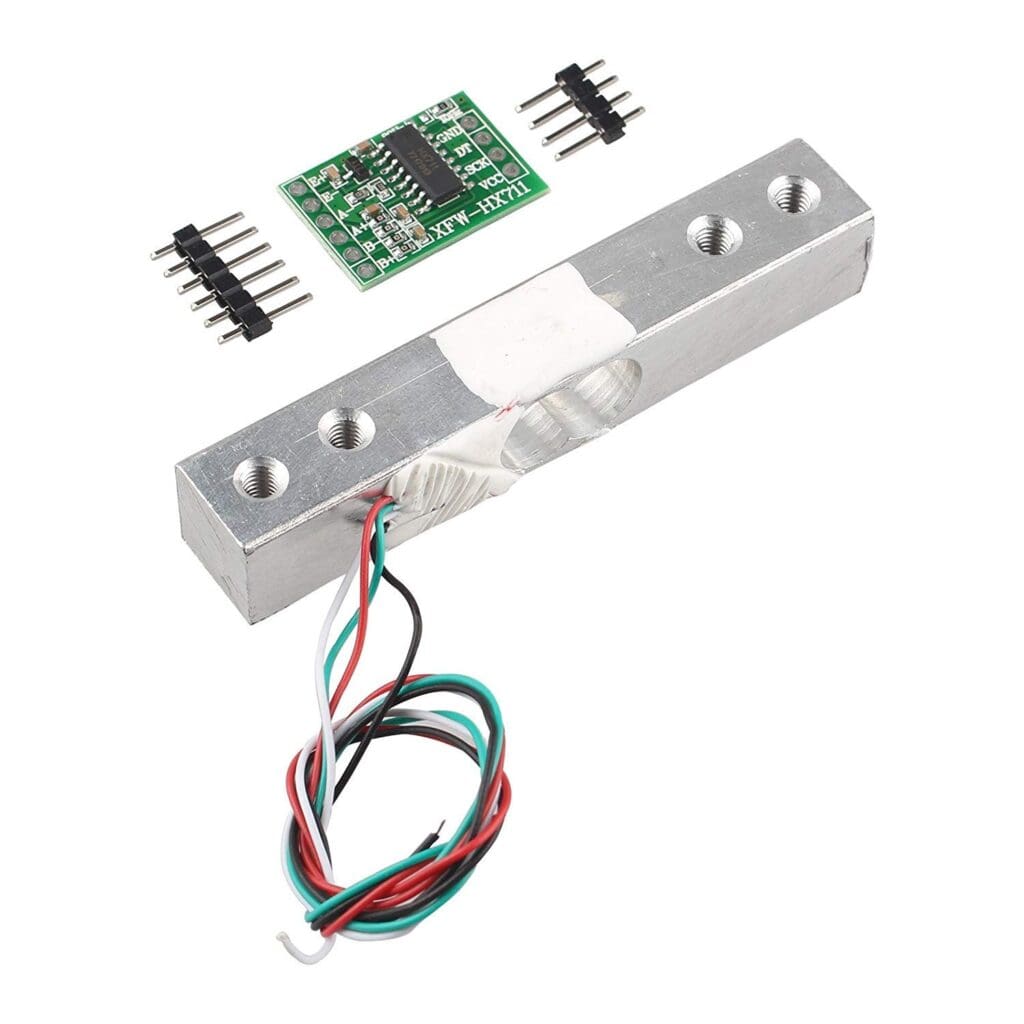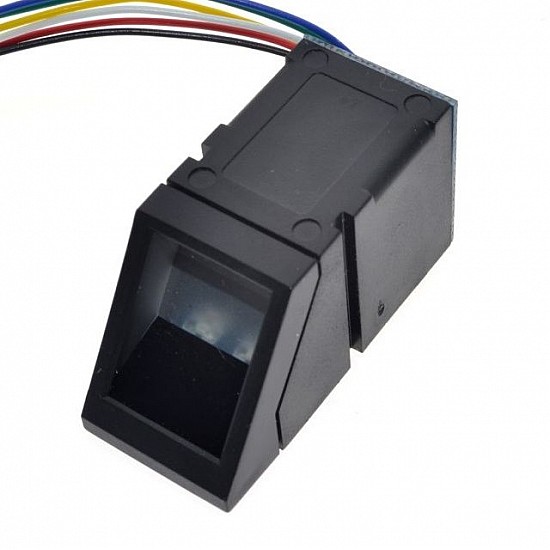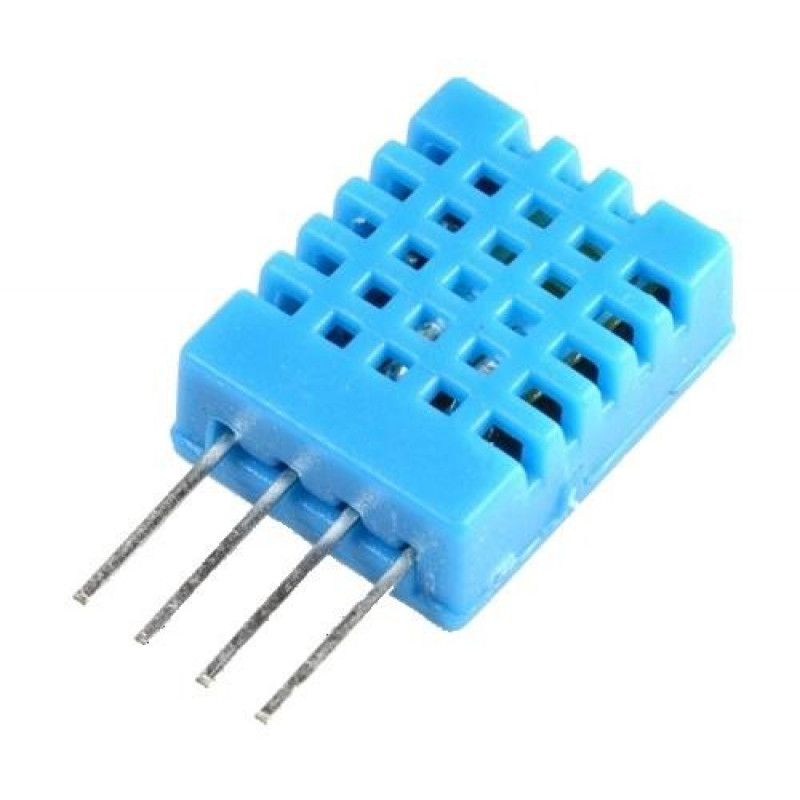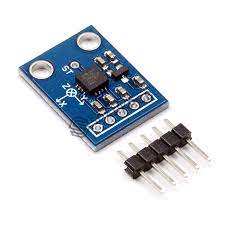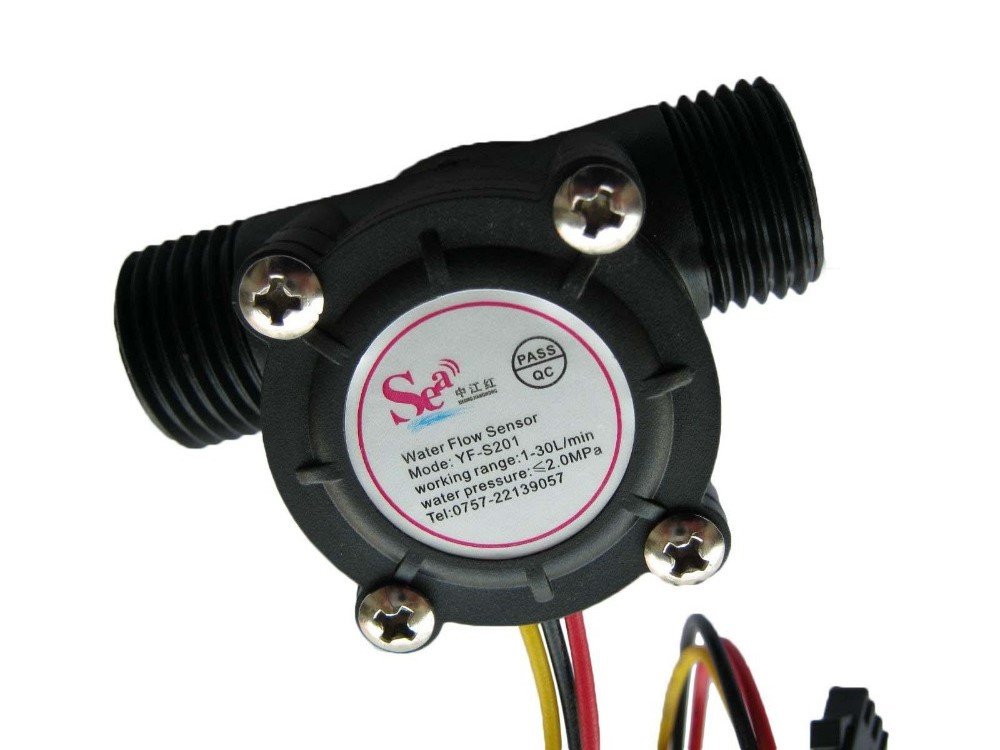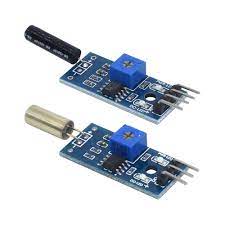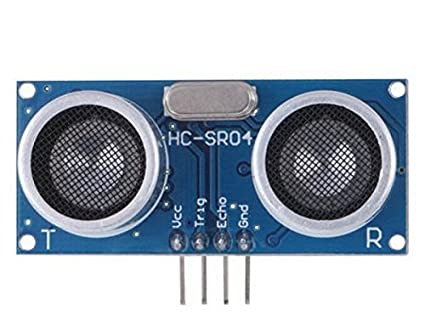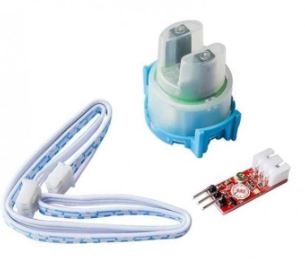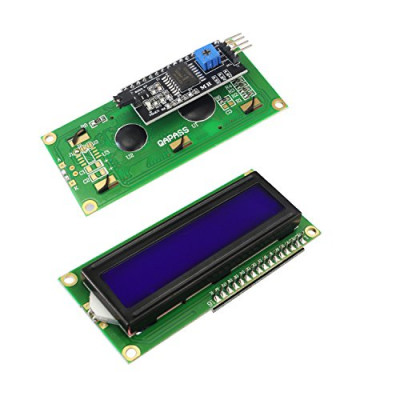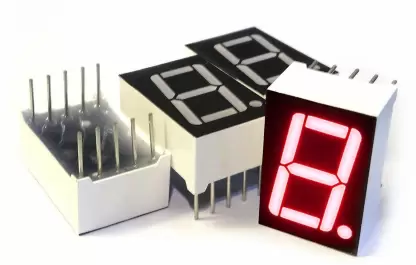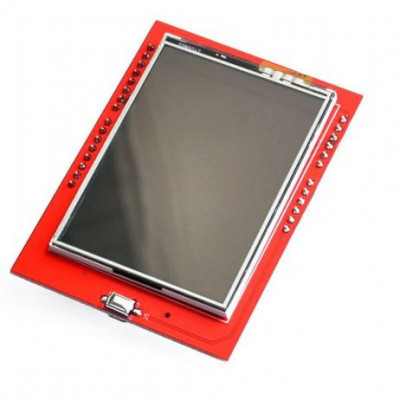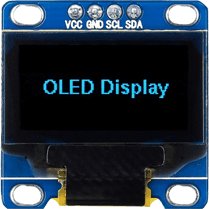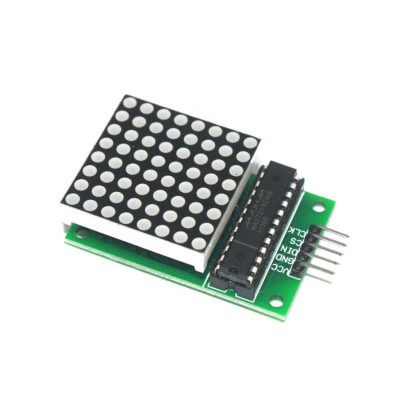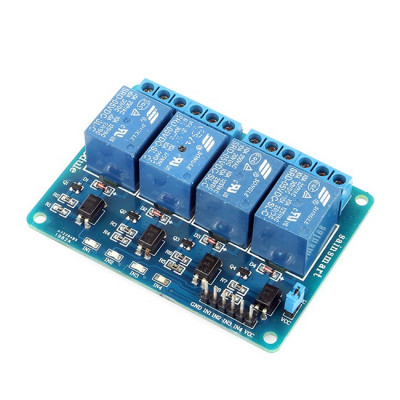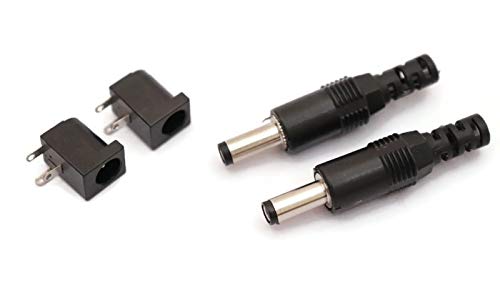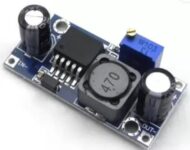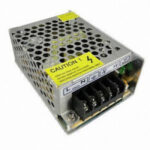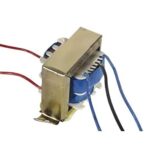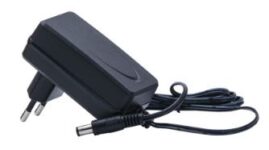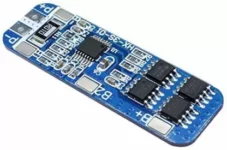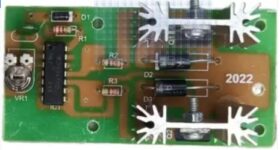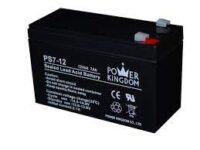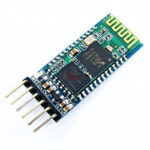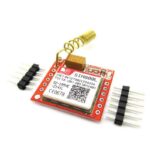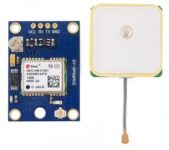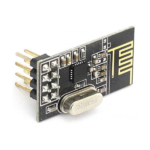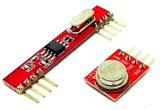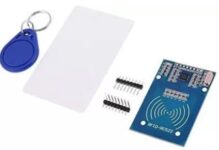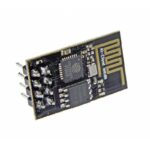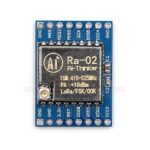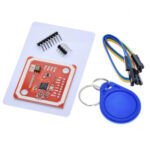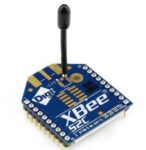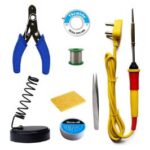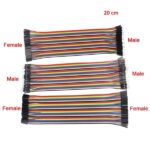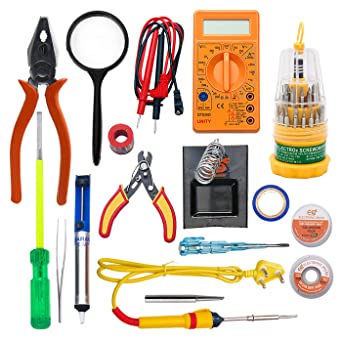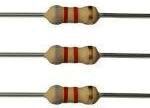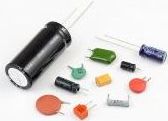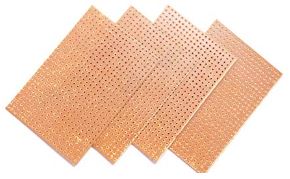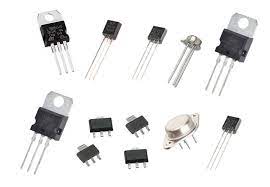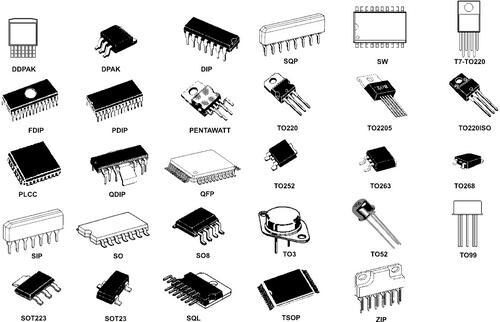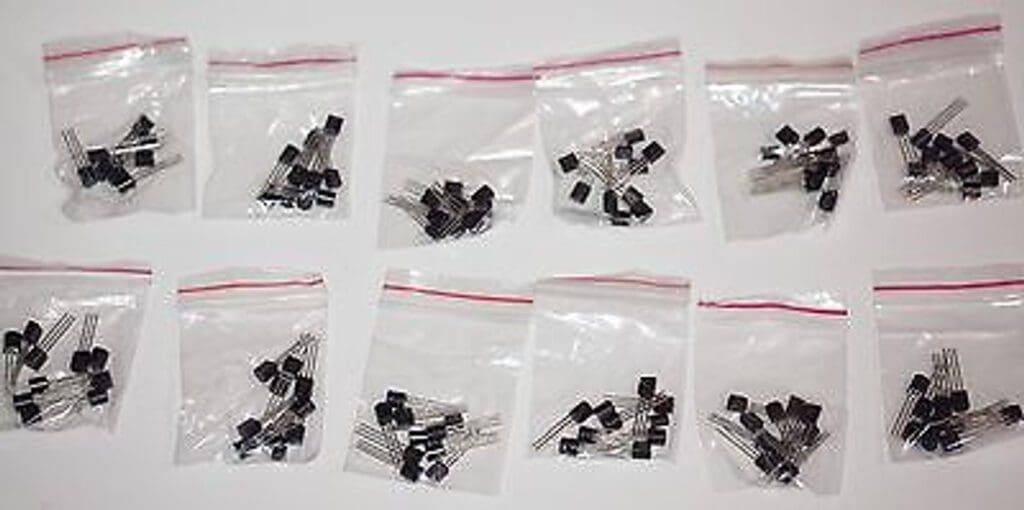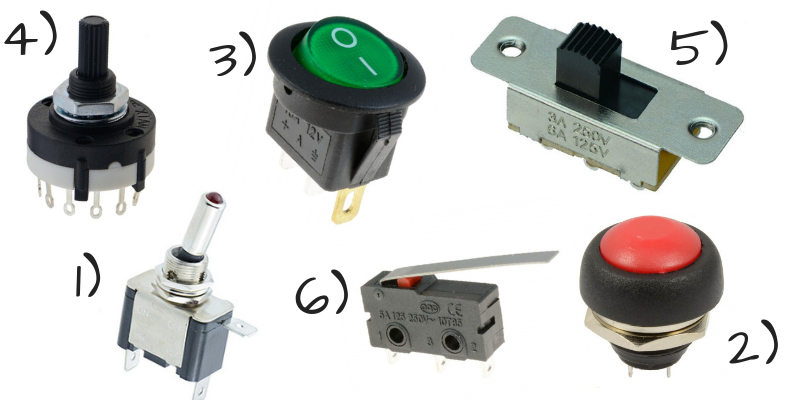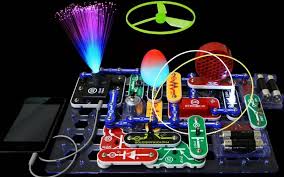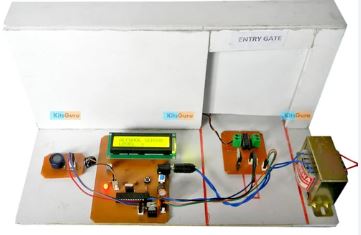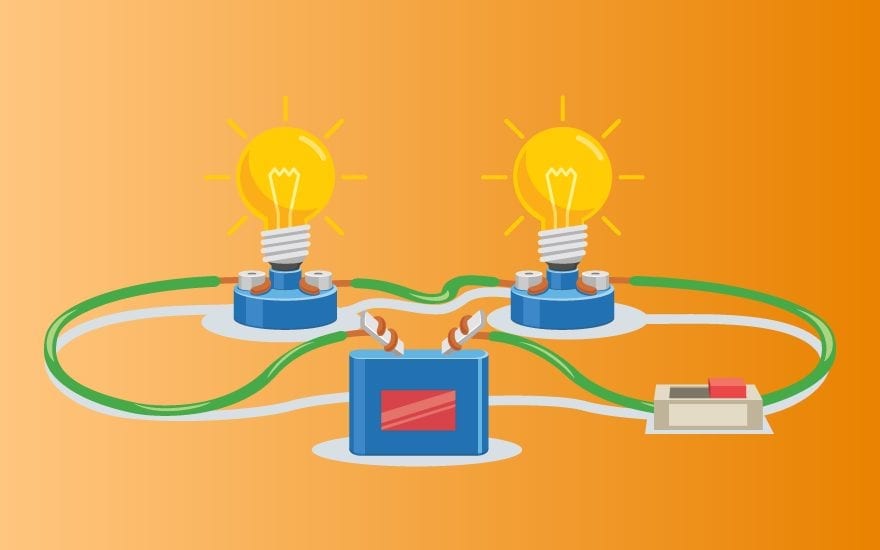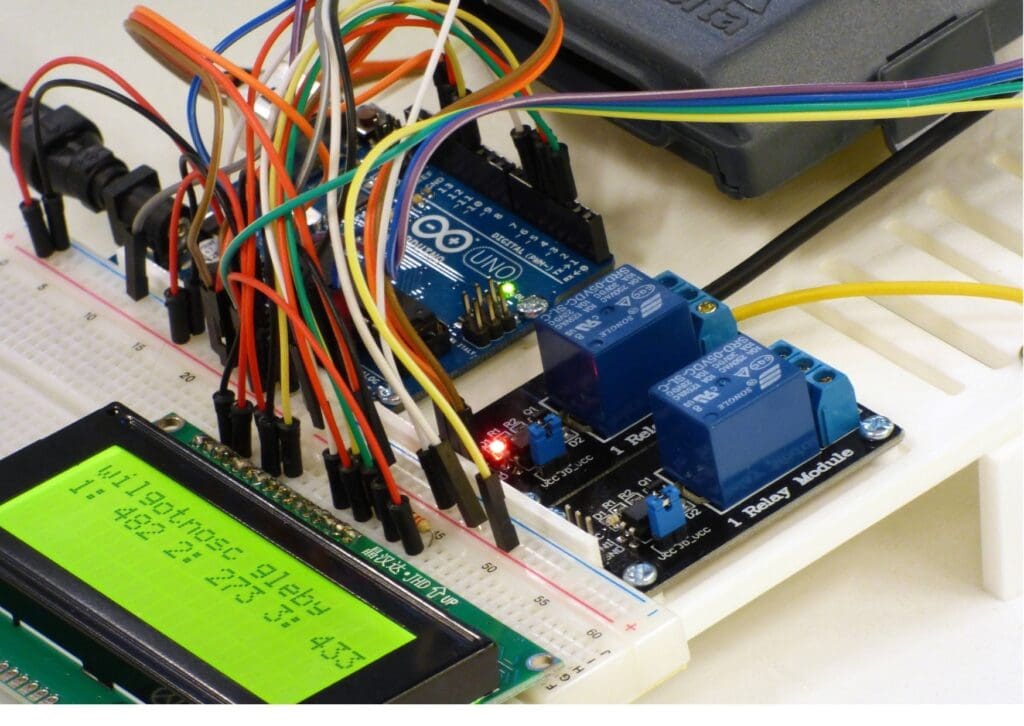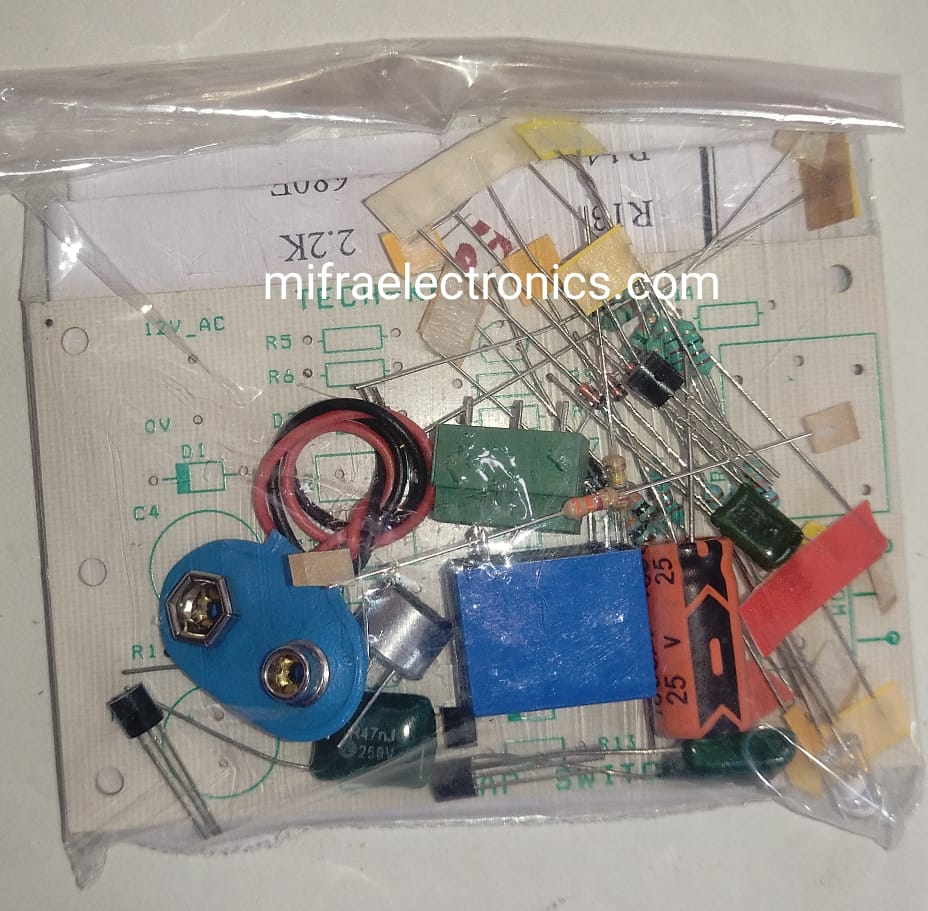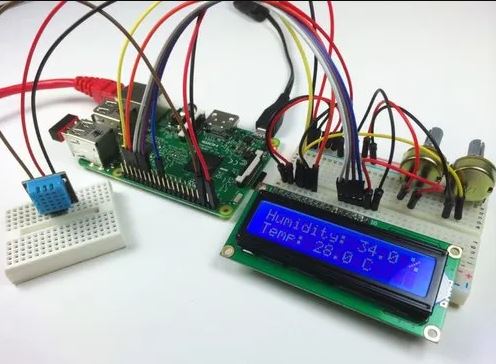The Ultimate Guide to Choosing the Right Electronic Components
Introduction
In the dynamic world of electronics, selecting the right components is crucial for the success of any project. Whether you’re a seasoned engineer or a hobbyist, understanding the key factors in choosing electronic components is essential. Here’s the ultimate guide to help you make informed decisions. In the ever-evolving landscape of electronics, selecting the right components is a pivotal step in the success of any project, be it a complex engineering endeavor or a simple DIY hobbyist project. This comprehensive guide aims to equip you with the knowledge and tools necessary to make informed decisions when it comes to choosing electronic components.
Project Requirements
Before delving into component selection, clearly outline the specifications of your project. Understand the voltage, current, and frequency requirements, as well as any specific features or industry standards your project must adhere to. This foundational step sets the stage for a targeted and effective component search. At the outset, meticulously define the specifications of your project. Consider voltage, current, and frequency requirements, as well as any specific features or industry standards that your project must adhere to. This initial step lays the groundwork for a targeted and effective component search.
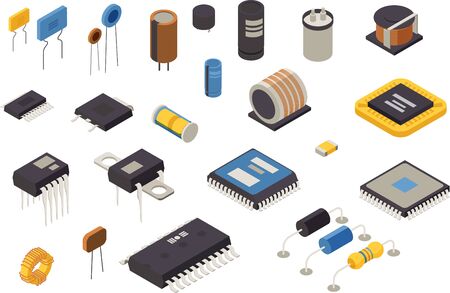

Research and Compare Components
Thorough research is key to making informed decisions. Utilize online electronics marketplaces, manufacturer websites, and technical forums to gather information about various components. Compare performance metrics, reliability ratings, and cost to identify components that align with your project goals.Conduct thorough research by exploring online electronics marketplaces, manufacturer websites, and technical forums. Delve into performance metrics, reliability ratings, and cost factors to compare various components. This step is crucial for identifying components that align with your project’s goals and constraints.


Check Compatibility:
Ensuring compatibility between components is crucial to avoiding integration issues. Verify voltage and current ratings, pin configurations, and communication protocols. Cross-reference datasheets to guarantee seamless interaction between different elements of your electronic system. Ensure seamless integration by verifying compatibility between selected components. Examine voltage and current ratings, pin configurations, and communication protocols. Cross-reference datasheets to guarantee that different elements of your electronic system work harmoniously together.
Consider Future Scalability:
Anticipate the future needs of your project to minimize the risk of obsolescence. Opt for components that allow for scalability and upgrades, reducing the likelihood of a complete redesign when your project evolves or expands. Anticipate the future needs of your project to minimize the risk of obsolescence. Opt for components that allow for scalability and upgrades, reducing the likelihood of a complete redesign when your project evolves or expands.
Quality Matters:
Prioritize components from reputable brands and trusted suppliers. High-quality components contribute to the overall performance, reliability, and longevity of your electronic systems. This focus on quality minimizes the risk of component failure, ensuring consistent operation. Opt for components from reputable brands and trusted suppliers. High-quality components contribute to the overall performance, reliability, and longevity of your electronic systems. Prioritize reliability to minimize the risk of component failure and ensure consistent operation.
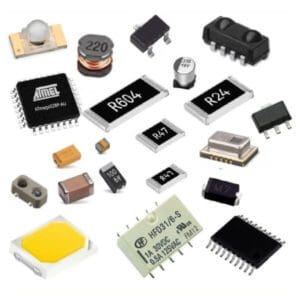

Budget Considerations:
While prioritizing quality, be mindful of budget constraints. Strike a balance between cost and performance to meet your project goals without compromising on reliability. Explore cost-effective alternatives without sacrificing essential features. Strike a balance between cost and performance while being mindful of budget constraints. Explore cost-effective alternatives without compromising essential features, ensuring that your project remains economically viable
Understand Environmental Factors:
Assess the environmental conditions in which your project will operate. Temperature, humidity, and other environmental factors can significantly impact electronic components. Choose components that are rated for and can withstand the intended operating conditions to ensure optimal performance and durability. Evaluate the environmental conditions in which your project will operate. Take into account factors such as temperature and humidity, which can significantly impact electronic components. Choose components that are specifically rated for and capable of withstanding the intended operating conditions.
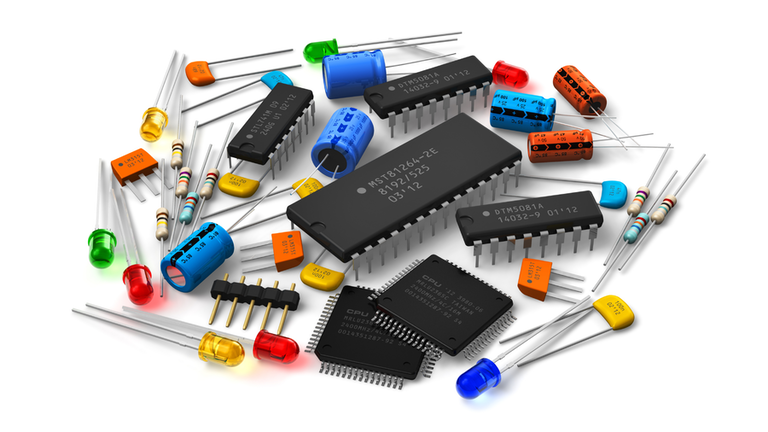

Documentation and Support:
Opt for components that come with comprehensive documentation, including datasheets, application notes, and technical support. Access to detailed documentation facilitates smooth integration, troubleshooting, and maintenance, enhancing your overall experience with the chosen components. By following this detailed and comprehensive guide, you’ll be well-equipped to navigate the intricate process of choosing electronic components. This knowledge will not only set the foundation for the success of your current projects but also empower you to tackle future electronic endeavors with confidence and precision.



